In an era where convenience and fitness intertwine, the treadmill has become an indispensable fixture in countless gyms and homes across the world. Whether you're an avid runner or just looking for a way to maintain an active lifestyle, the allure of the treadmill is undeniable. However, have you ever stopped to consider the impact of treadmill running on your health?
With the rapid rise in treadmill usage, it's crucial to delve into the potential health implications it carries. In this article, we'll embark on a journey of exploration, uncovering the pros and cons of running on a treadmill, and ultimately, equipping you with the knowledge needed to make informed decisions about your fitness routine.
The Pros of Treadmill Running
Controlled Environment
- Weather Conditions:
Treadmills provide a climate-controlled setting, eliminating the need to battle extreme temperatures, rain, or snow during your runs.
This control over weather conditions ensures that you can maintain your exercise routine year-round.
- Consistency in Terrain:
Treadmills offer a flat and consistent running surface, reducing the risk of tripping or encountering uneven terrain.
This uniformity can be especially beneficial for those recovering from injuries or seeking a predictable running surface.
Adjustable Intensity
- Speed and Incline Settings:
Treadmills allow you to easily adjust both speed and incline to tailor your workouts to your fitness level and goals.
The ability to increase or decrease speed and incline provides a versatile and challenging workout experience.
- Customized Workouts:
Treadmills often come equipped with pre-programmed workouts or the option to create custom routines.
This customization empowers users to target specific fitness objectives, whether it's interval training, endurance building, or calorie burning.
Enhanced Safety
- Reduced Risk of Outdoor Hazards:
Running outdoors may expose you to potential hazards like traffic, rough terrain, or stray animals.
Treadmill running significantly reduces these risks, making it a safer option, particularly for those concerned about their physical safety.
- Built-In Safety Features:
Many modern treadmills incorporate safety features such as emergency stop buttons, handrails, and safety cords.
These features provide added security and peace of mind while working out, especially for individuals with balance or stability concerns.
Incorporating these pros into your exercise routine can make treadmill running an appealing and practical choice for individuals seeking a controlled, customizable, and safe environment for their workouts.

The Cons of Treadmill Running
Impact on Joints and Muscles
- Repetitive Motion:
Treadmill running involves a consistent, repetitive stride, which may lead to overuse of specific joints and muscles, such as the knees and hip flexors.
Prolonged exposure to this repetitive motion can potentially increase the risk of strain and injury in these areas.
- Potential for Overuse Injuries:
Overuse injuries, like shin splints or IT band syndrome, can be more common among treadmill runners due to the repetitive nature of the exercise.
Proper form, appropriate footwear, and adequate rest are essential to mitigate these risks.
Monotony and Mental Fatigue
- Lack of Scenery:
One common drawback of treadmill running is the lack of changing scenery, which can lead to boredom and mental fatigue.
The absence of outdoor elements, such as fresh air and natural landscapes, can make workouts feel less engaging.
- Psychological Effects:
Running on a treadmill may not provide the same mental benefits as outdoor running, such as the mood-lifting effects of exposure to natural surroundings.
The lack of variation and sensory stimulation can lead to diminished motivation and mental exhaustion.
Cost and Space Considerations
- Initial Investment:
Acquiring a quality treadmill can be a significant financial investment, potentially dissuading those on a tight budget.
The upfront cost includes the treadmill itself, maintenance, and optional accessories.
- Space Requirements:
Treadmills, even compact models, occupy a considerable amount of space in your home or gym.
Space constraints may limit the accessibility of a treadmill for some individuals and require dedicated exercise areas.
While treadmill running offers numerous advantages, it's important to acknowledge these potential drawbacks, including the impact on joints, the risk of monotony and mental fatigue, and the financial and spatial considerations. By recognizing these cons, you can better navigate your fitness routine and make informed decisions that align with your health and wellness goals.
I suggest you kindly consider DeerRun Treadmills, which are foldable with high-cost performance. Besides, DeerRun Treadmills are smart treadmills that can connect to a fitness app PitPat, and offer runners different scenes and courses. Runners also can have competitions online with friends or strangers. People also can make friends online and have a better running experience.

Potential Health Risks
Overtraining
- Signs and Symptoms:
Overtraining occurs when there is an imbalance between exercise intensity and recovery, resulting in physical and mental strain.
Common signs and symptoms of overtraining in treadmill running include persistent fatigue, decreased performance, disrupted sleep, irritability, and increased susceptibility to illness.
- Strategies to Avoid Overtraining:
Listen to Your Body: Pay close attention to your body's signals. Rest when needed and avoid pushing yourself too hard.
Proper Recovery: Incorporate adequate rest days into your workout schedule to allow your muscles and joints to recover.
Varied Workouts: Diversify your exercise routine with cross-training to reduce the risk of overuse injuries.
Gradual Progression: Avoid abrupt increases in intensity or duration. Gradually increase your workout load to give your body time to adapt.
Joint Stress
- Impact on Knees, Hips, and Ankles:
Treadmill running can place stress on weight-bearing joints, particularly the knees, hips, and ankles, due to the repetitive motion and impact.
The continuous pounding on the treadmill can contribute to wear and tear over time, potentially leading to joint discomfort or injury.
- Injury Prevention Tips:
Proper Footwear: Invest in high-quality running shoes with adequate cushioning and support to reduce joint impact.
Form and Posture: Maintain proper running form and posture to minimize unnecessary strain on your joints.
Stretching and Strength Training: Incorporate regular stretching and strength training exercises to improve joint stability and flexibility.
Cross-Training: Include low-impact activities like swimming or cycling in your fitness routine to reduce the stress on weight-bearing joints.
By being aware of the potential health risks associated with treadmill running, such as overtraining and joint stress, you can take proactive steps to protect your physical well-being and maximize the benefits of this form of exercise.
Safety Practices Tips
Proper Treadmill Usage
- Warm-Up and Cool-Down:
Always begin your treadmill workout with a proper warm-up to prepare your muscles and gradually elevate your heart rate.
After your workout, cool down at a slower pace to allow your heart rate to return to its resting state. Incorporating stretches during the cool-down can also be beneficial.
- Correct Posture and Form:
Maintain an upright posture while running on the treadmill. Keep your back straight, shoulders relaxed, and arms at a comfortable angle.
Avoid leaning too far forward or backward, as this can strain your lower back and reduce running efficiency.
Variety in Workouts
- Interval Training:
Integrate interval training into your treadmill workouts to add variety and challenge.
Alternating between high-intensity sprints and recovery periods can improve cardiovascular fitness and prevent boredom.
- Incorporating Outdoor Running:
Occasionally mix outdoor running into your routine to enjoy the benefits of different terrains, natural scenery, and fresh air.
Outdoor running can also provide a mental break from the monotony of the treadmill.
Listening to Your Body
- Recognizing Signs of Strain or Injury:
Be attuned to your body's signals. If you experience persistent pain, discomfort, or unusual fatigue, take these as warning signs.
Common signs of strain or injury include joint pain, muscle soreness, and persistent fatigue.
- Adjusting Your Routine Accordingly:
If you notice signs of strain or injury, don't push through the pain. Adjust your routine by reducing intensity, taking extra rest days, or seeking professional advice.
Prioritize recovery and rehabilitation to prevent long-term issues.
By following these safety tips and best practices, you can make the most of your treadmill workouts while minimizing the risk of injury and burnout. A balanced approach that includes proper technique, variety in workouts, and a strong awareness of your body's needs will contribute to a safe and effective treadmill running experience.
Conclusion
In the journey of exploring whether running on a treadmill is detrimental to your health, we've uncovered a spectrum of considerations, from the enticing advantages to the potential drawbacks. Treadmill running undeniably offers a controlled environment, customizable workouts, and enhanced safety, making it a compelling option for many. However, it is not without its challenges, including the risk of overuse injuries, monotony, and financial investments.
While we have scrutinized the pros and cons, it's essential to remember that moderation and mindful choices are the keys to a successful treadmill running experience. Treadmill running can be an excellent addition to your fitness routine when incorporated sensibly, with proper form, rest, and a watchful eye on your physical and mental well-being.
Ultimately, the question of whether running on a treadmill is "bad" for you doesn't have a one-size-fits-all answer. Your circumstances, fitness goals, and preferences will determine whether treadmill running is a beneficial choice for you. By staying informed, practicing safety, and listening to your body, you can harness the advantages of treadmill running while minimizing its potential pitfalls. Whether you're a dedicated treadmill enthusiast or an occasional user, your health and happiness remain at the forefront of your fitness journey.







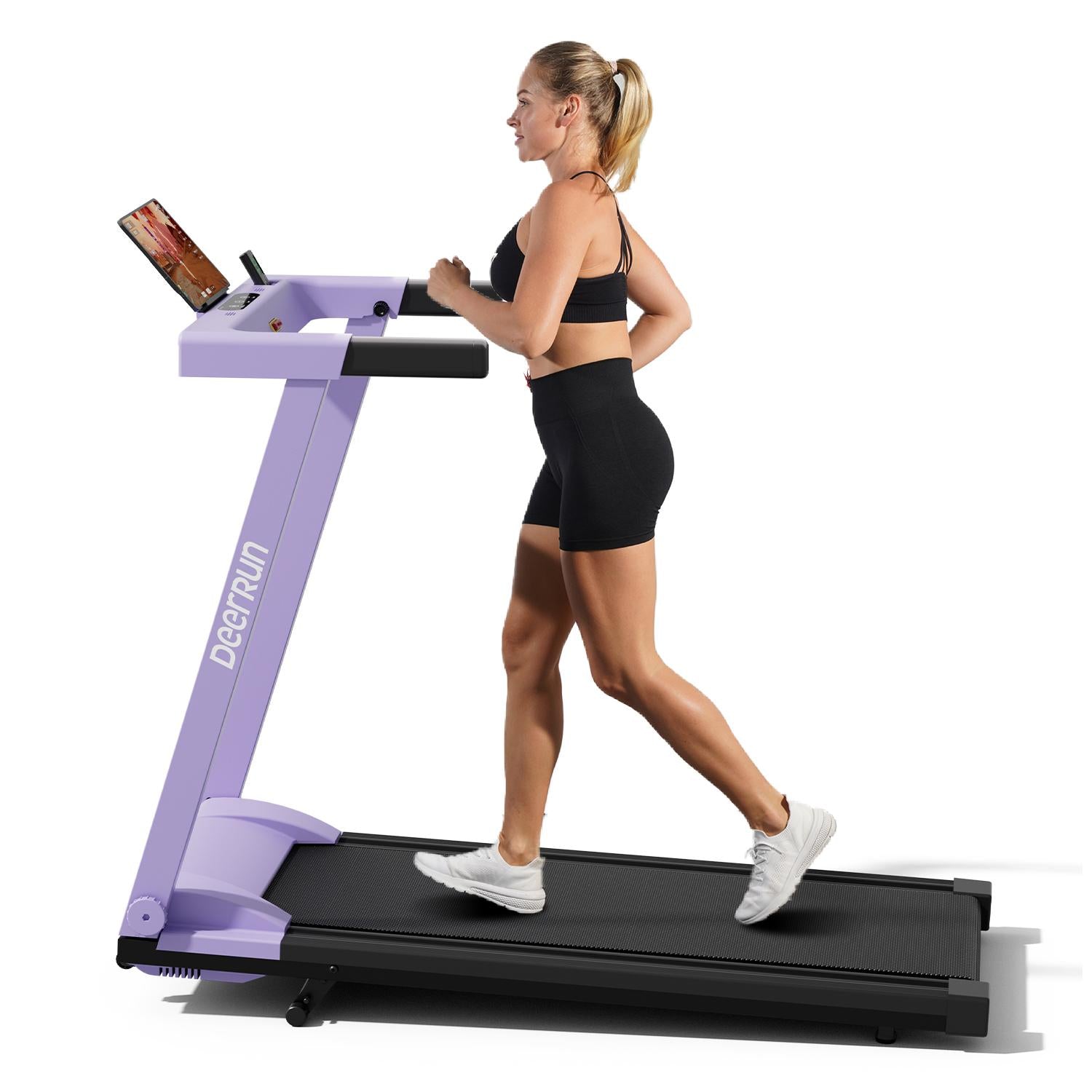
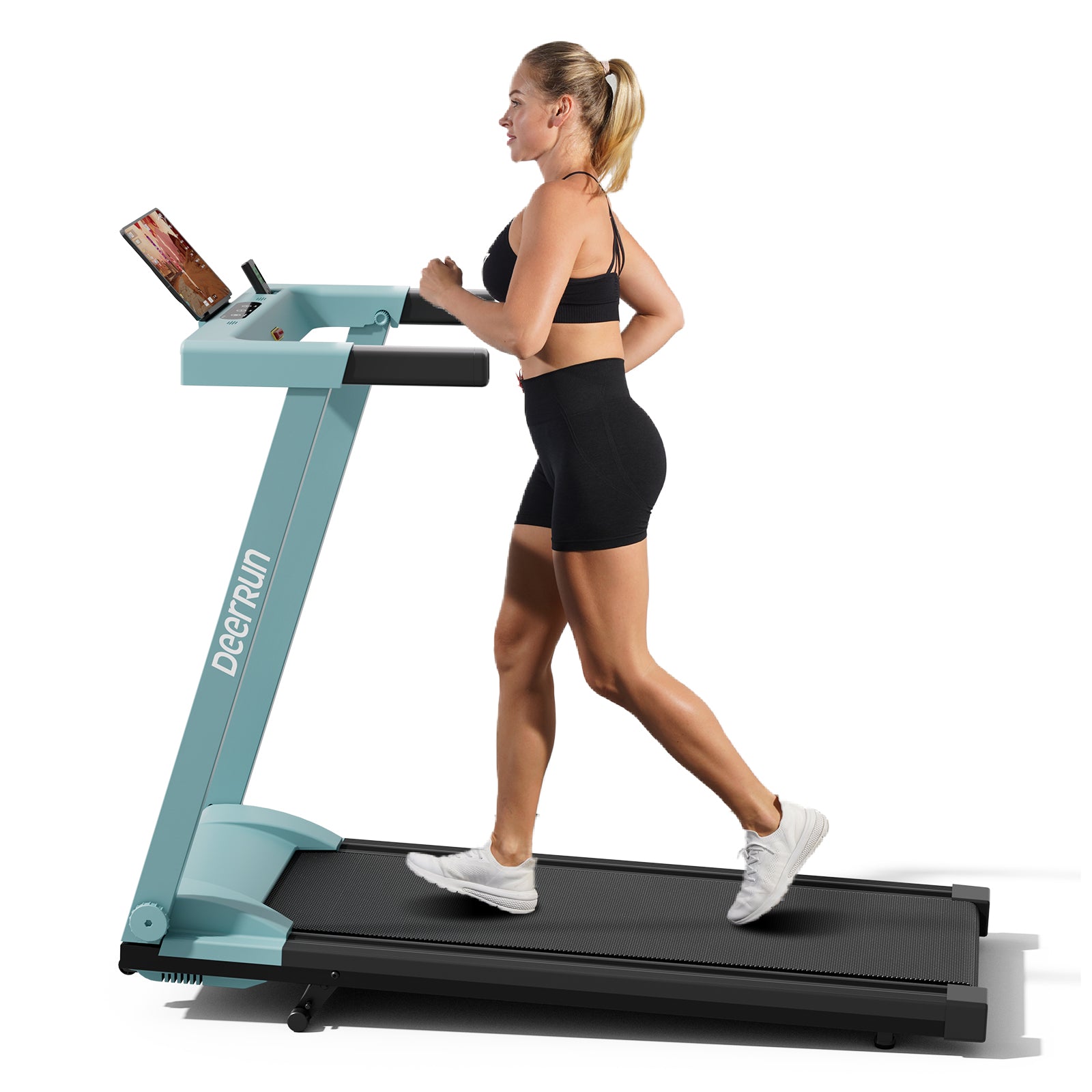

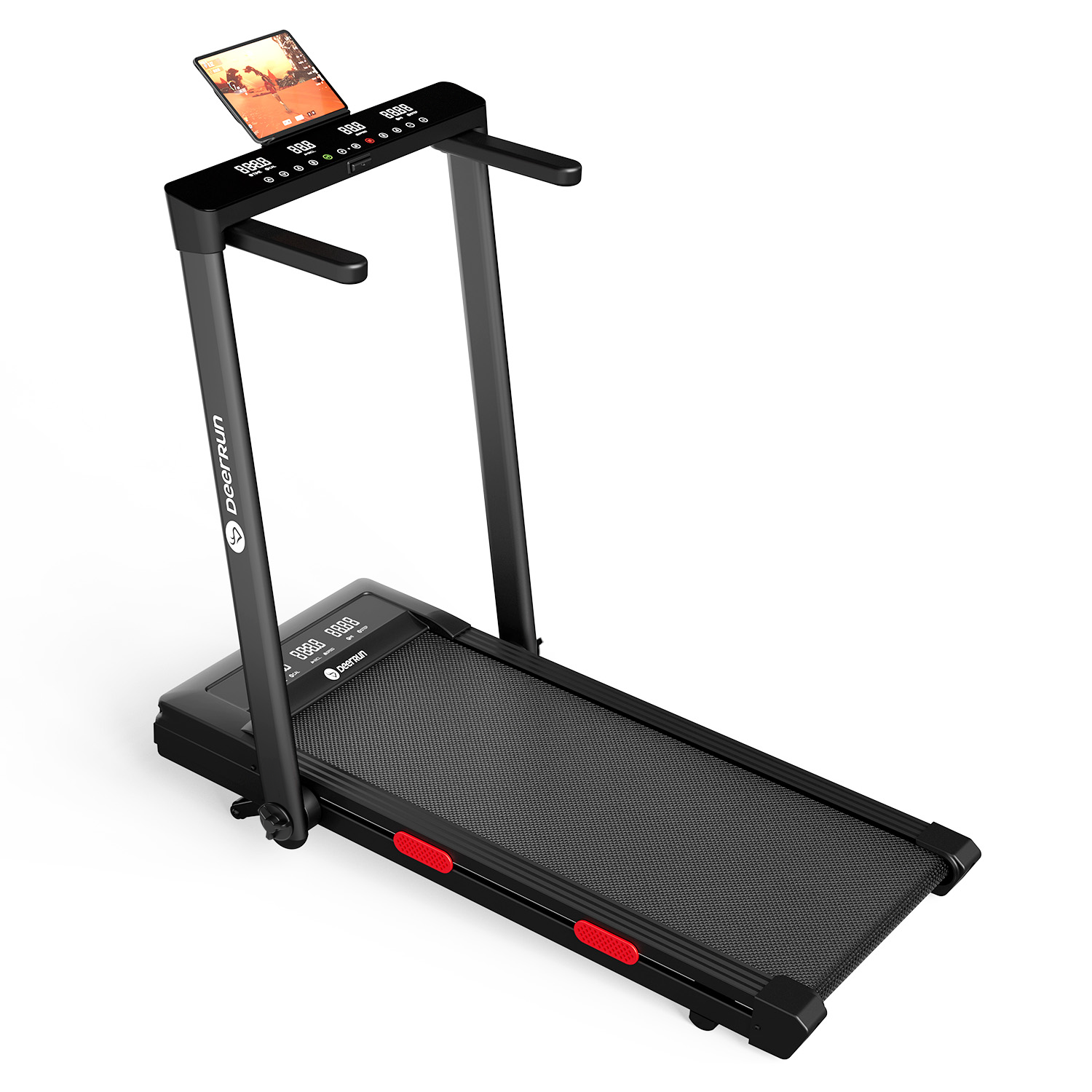












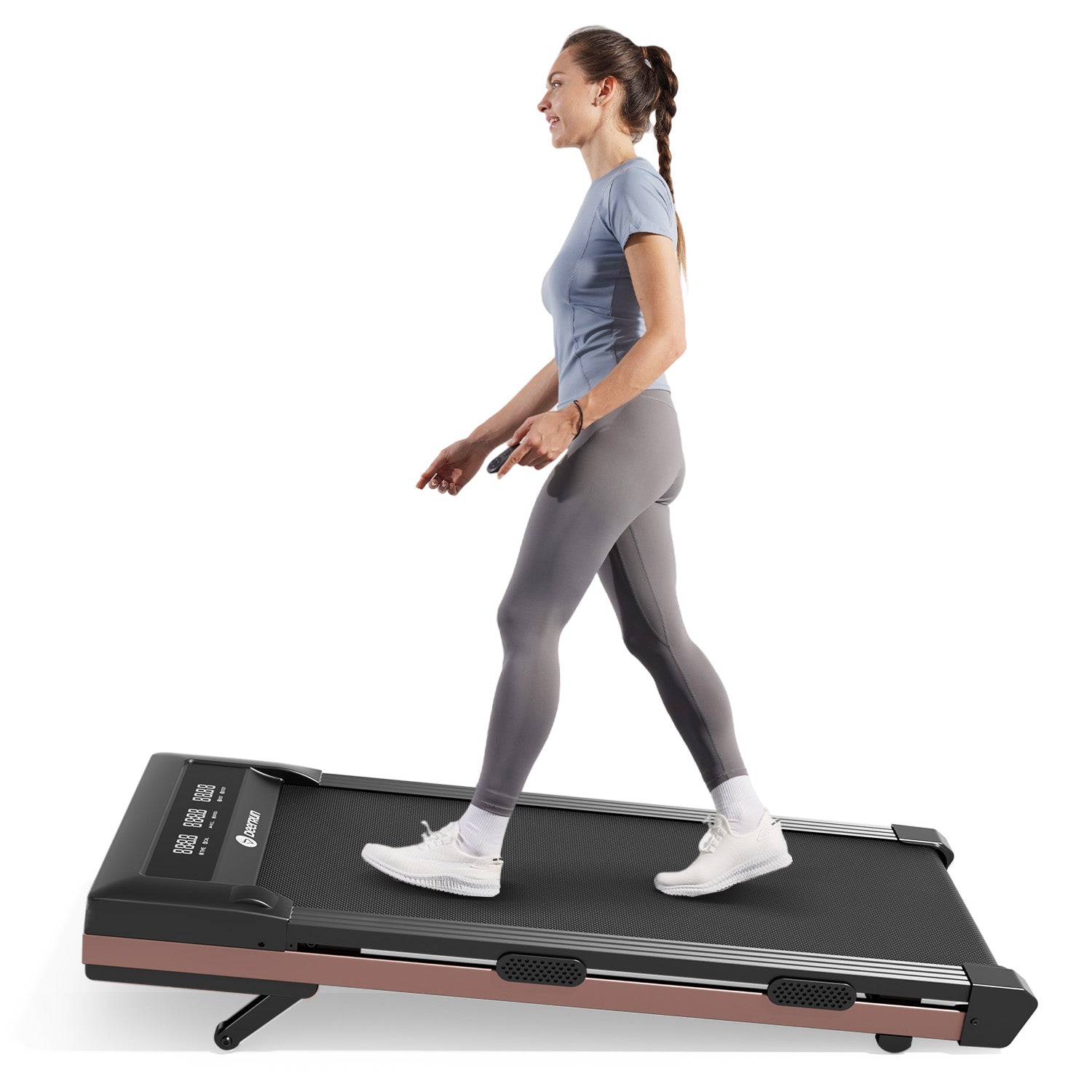
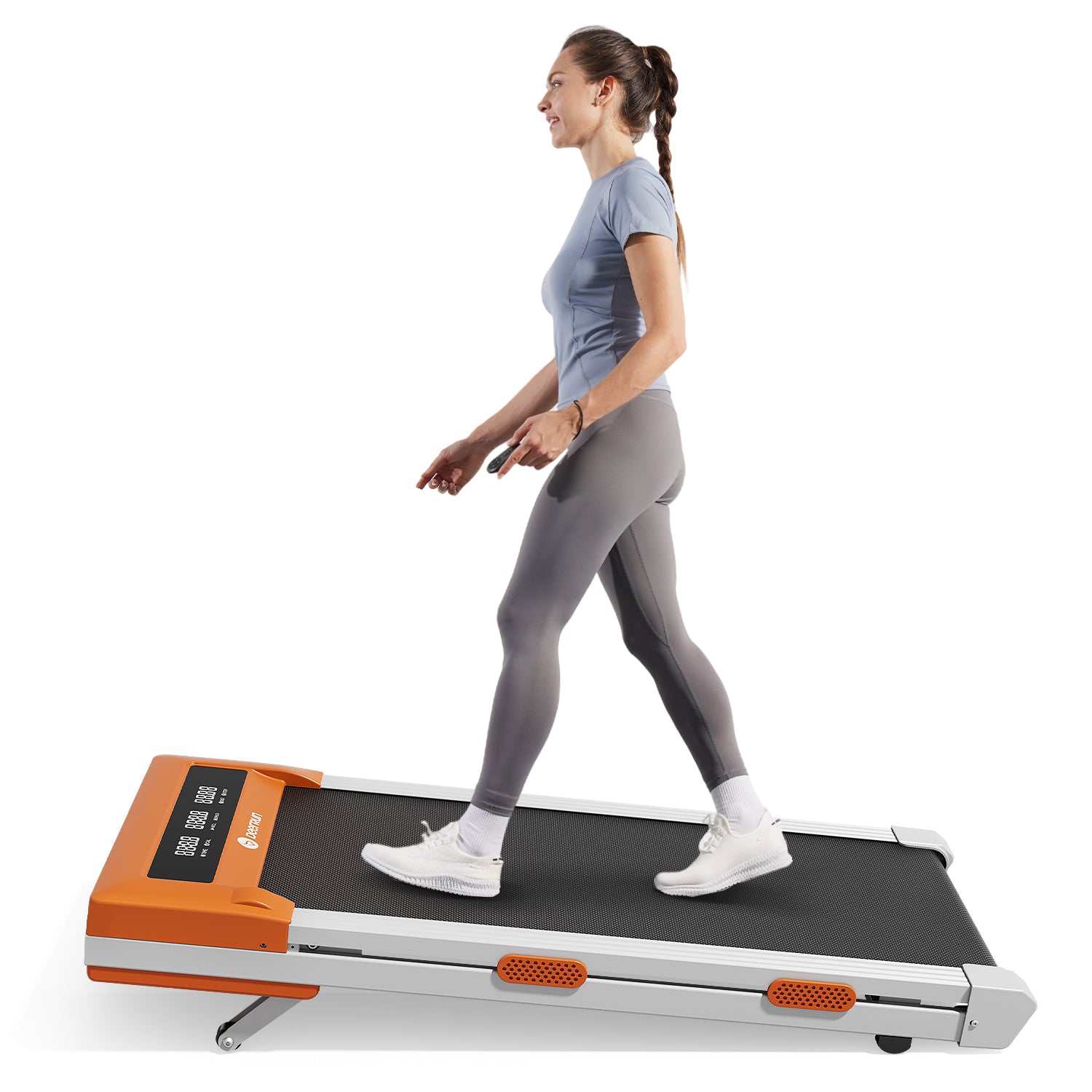

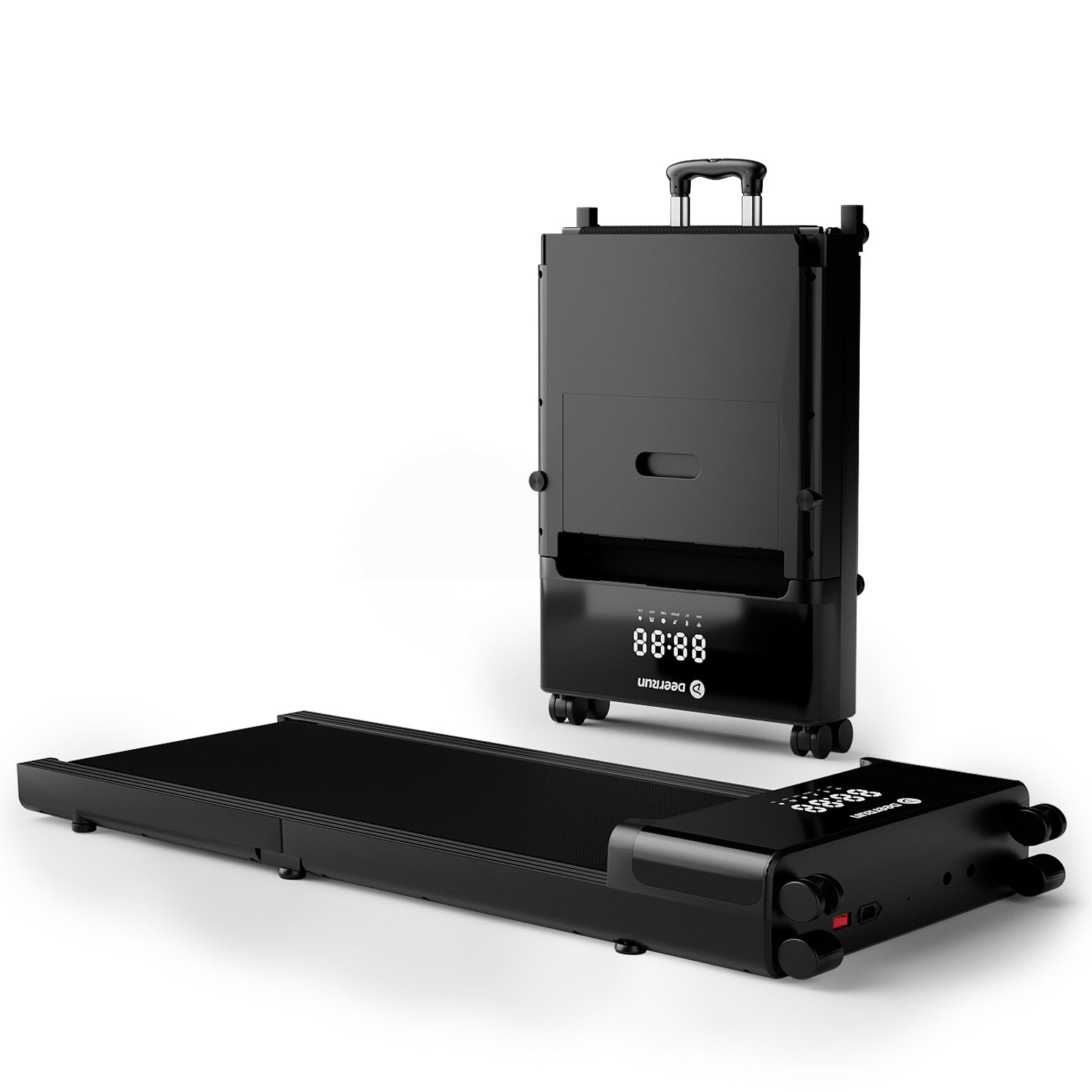


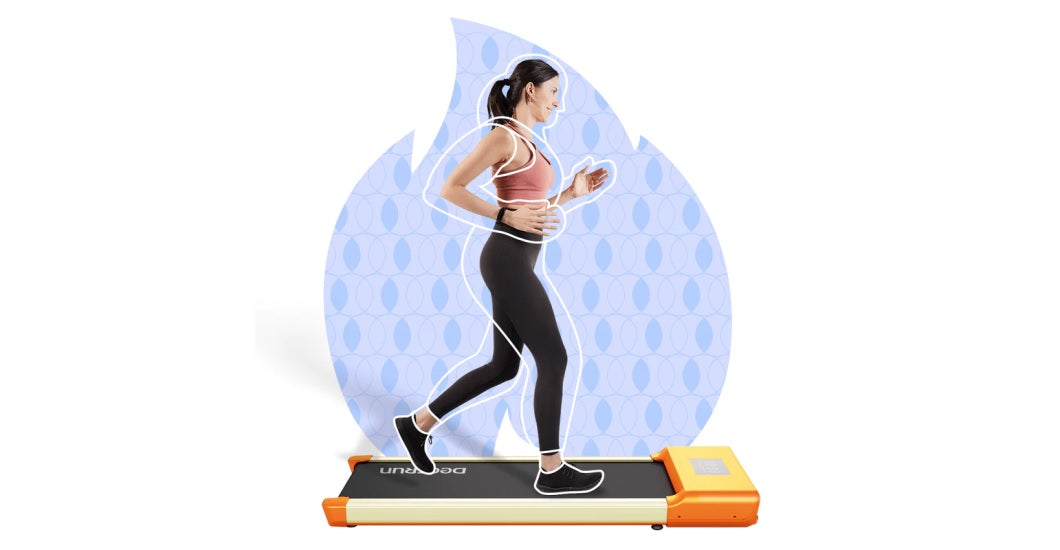

Leave a comment
All comments are moderated before being published.
This site is protected by hCaptcha and the hCaptcha Privacy Policy and Terms of Service apply.